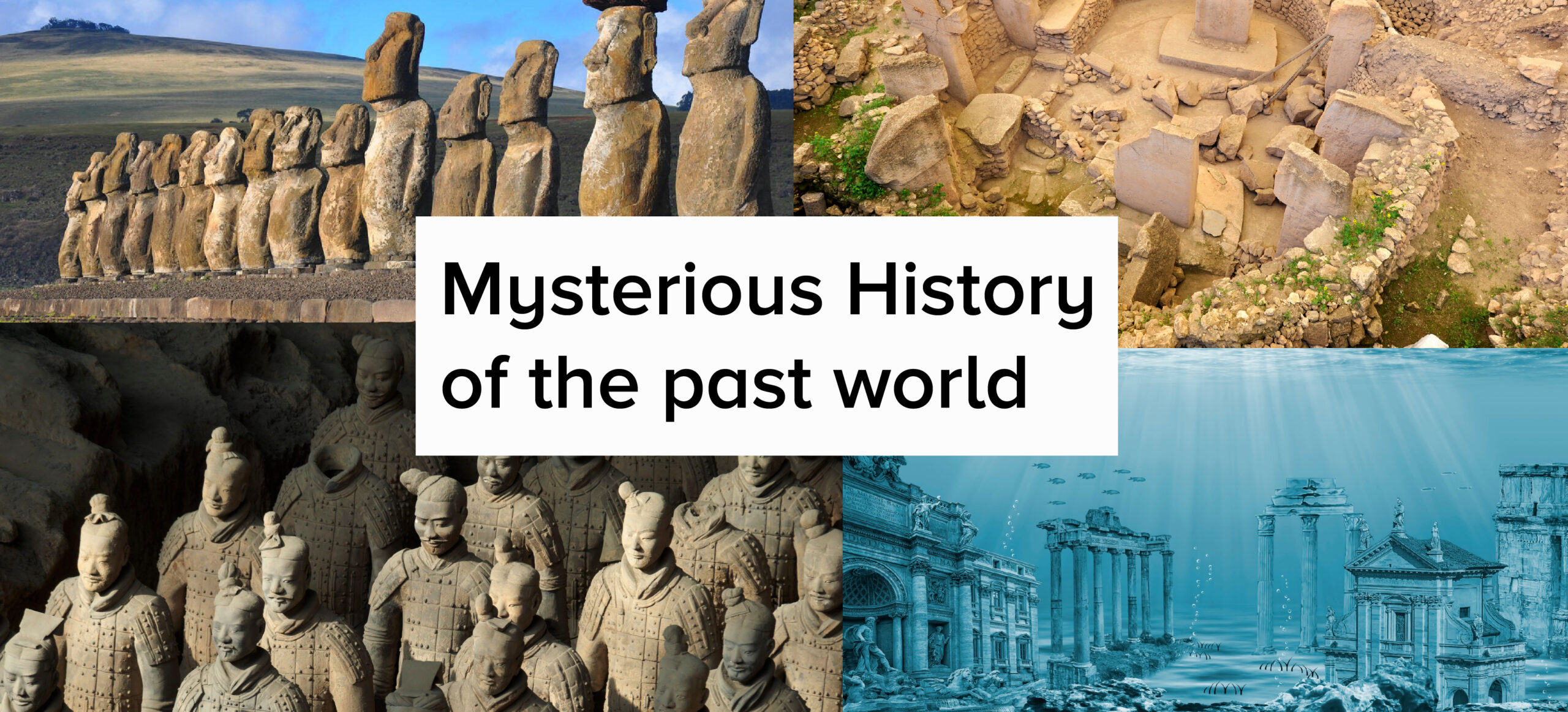
Much of what we know about ancient cultures today comes from the pictures and written documents left behind. In some cases, artefacts can leave clues as to who the people were that created ancient monuments that are now no more than ruins, but in other instances, there are more questions than answers.
Historians, archaeologists, and geologists have many theories about the ruins on this list, but they are just that: theories. These ancient ruins hold more questions than answers and in some cases, experts are not even sure about how such sites could exist.
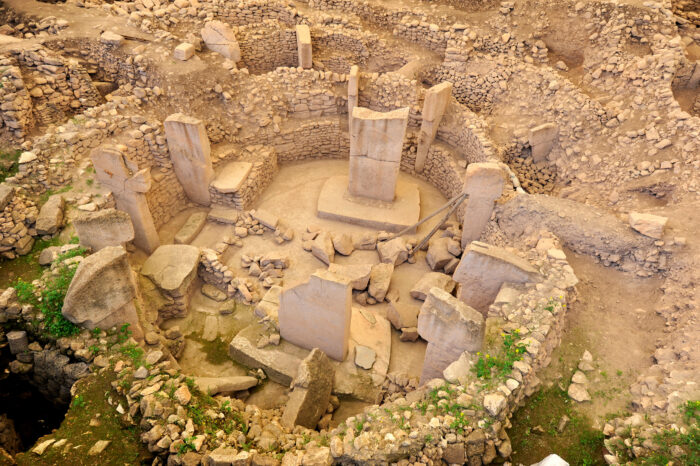
Humans first settled into permanent towns, farmed and then built temples, in that order, starting in 8,000 B.C. Or did they?
An amazing archaeological discovery made in 1994 at Gobekli Tepe, a rural area of Turkey, has blown that hypothesis apart, prompting new questions about the evolution of civilization.
Radiocarbon dating puts Gobekli Tepe at between 10,000 and 11,000 B.C., making it to be generally considered the oldest religious structure ever found. The ancient site contains stone structures and pillars featuring carvings of various predatory animals. The construction of the stone pillars (some weighing nearly 20 tons) remains a mystery since they were erected at a time when humans were thought to be simple hunter-gatherers.
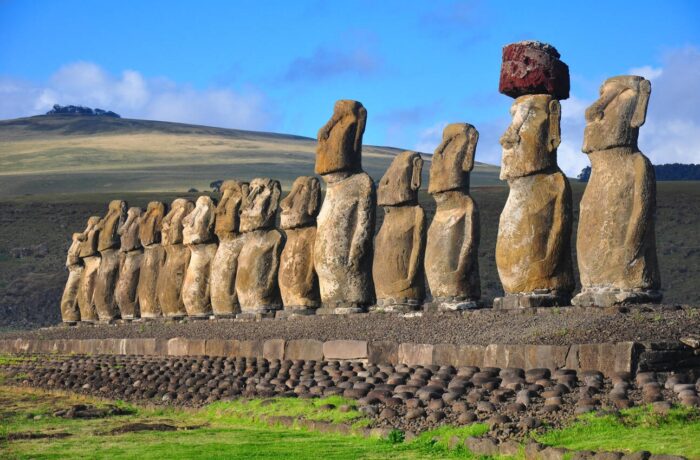
Easter Island is one of the most remote inhabited islands on Earth. Here lies one of the world’s most famous mysteries – the giant stone statues called Moai. It was first thought that the statues were merely heads, but excavation has shown almost all of them to have bodies. There’s a form of hieroglyphic writing on some of the statues but nobody has been able to translate them.
Very few of the statues were ever actually erected; most were left in quarries, or abandoned during transport. Archaeologists don’t know why the statues were built, what they signified, how they were transported and erected, or why they were abandoned unfinished.
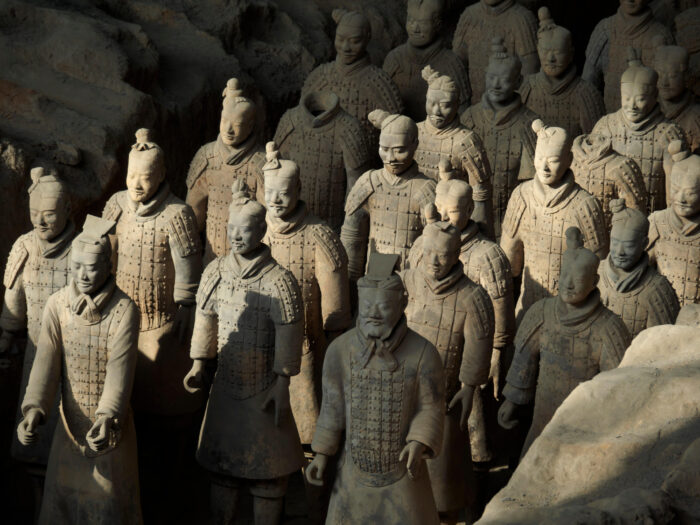
In 1974, farmers in China’s Shaanxi province accidentally unearthed one of the biggest archaeological finds of the 20th century — the life-size terracotta army of Emperor Qin Shi Huang (259 B.C. – 210 B.C.).
The intricately carved figures aren’t a mystery: Historians know that the clay army was created to defend China’s first emperor in the afterlife. What isn’t known, however, is where exactly the emperor is buried or what treasures his burial chamber might contain.
The first emperor’s final resting place is the most opulent tomb ever constructed in China, according to ancient documents describing its construction. An underground palace, complete with a surrounding “kingdom,” the mausoleum is made up of a network of caves. Whether archaeologists will ever have the technology they need to safely excavate the tomb (which also happens to contain extremely high levels of mercury) remains a mystery.
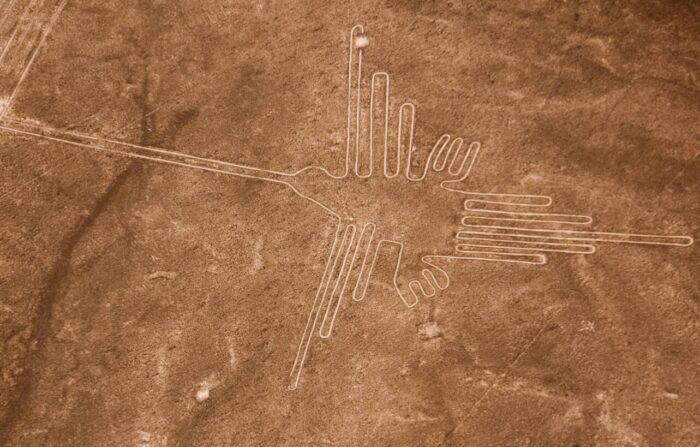
Identifiable easily from the air and spread out across desert land in southern Peru, these geometric designs are designated as a UNESCO World Heritage Site.
There are hundreds of them and they range in style from simple shapes to clear line drawings of animals such as monkeys, sharks or lizards. The largest of them spans over 200 metres.
They were created by removing the red stones of the region to reveal the white limestone underneath. Remnants of what appear to be wooden stakes used in their design take some of the mystery out of how someone could create such figures without a bird’s eye view, but what was their purpose?
Theories abound from astronomical alignments and directions to water sources to the usual believers in extraterrestrial visitors in need of landing strips.
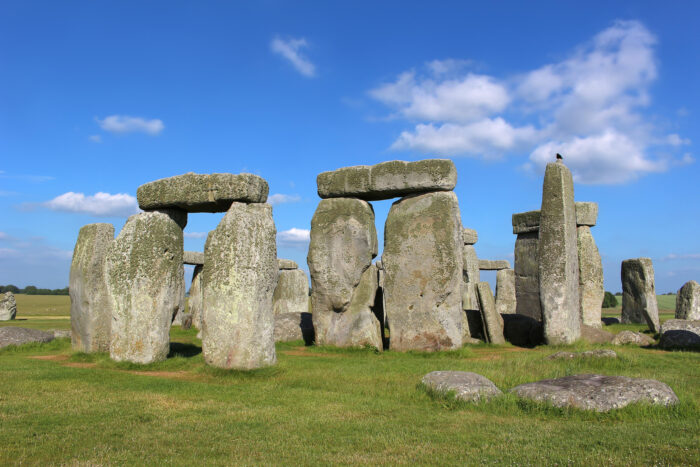
Another icon of the ancient world, the stone slabs of Stonehenge were erected about 2500 BC. Historians still debate how the large sarsen stones, some of them weighing upwards of 300 tons, were transported from their likely origin 20 miles away.
Another mystery: Why was it built in the first place? Historians have speculated that it may have once been a site for religious ceremonies or designed to be a solar calendar that tracked the passage of the seasons.
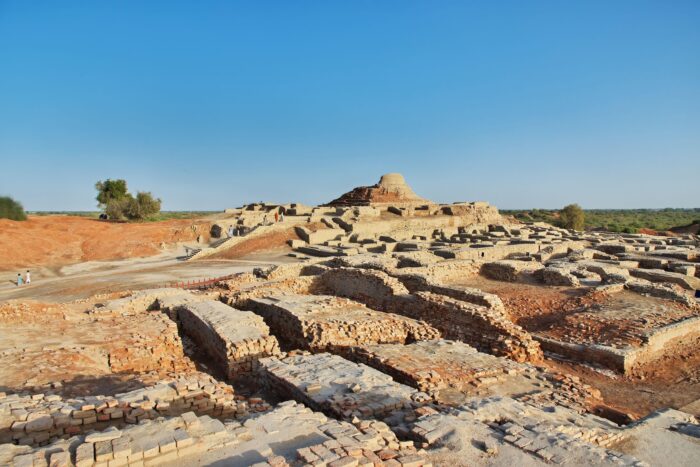
The Indus valley civilization is perhaps India’s most ancient mystery. There are many unanswered questions about this great civilisation that was larger than the ancient Egyptian and Mesopotamian civilisations combined. The secrets behind the identity of the people who created it and their puzzling 4000-year-old Indus pictographic script are yet to be discovered. Also, perhaps the most bewildering fact about this civilisation is that all its major sites went into sudden decline and disappeared more or less simultaneously. There are several theories about why this happened but none of them has been very conclusive.
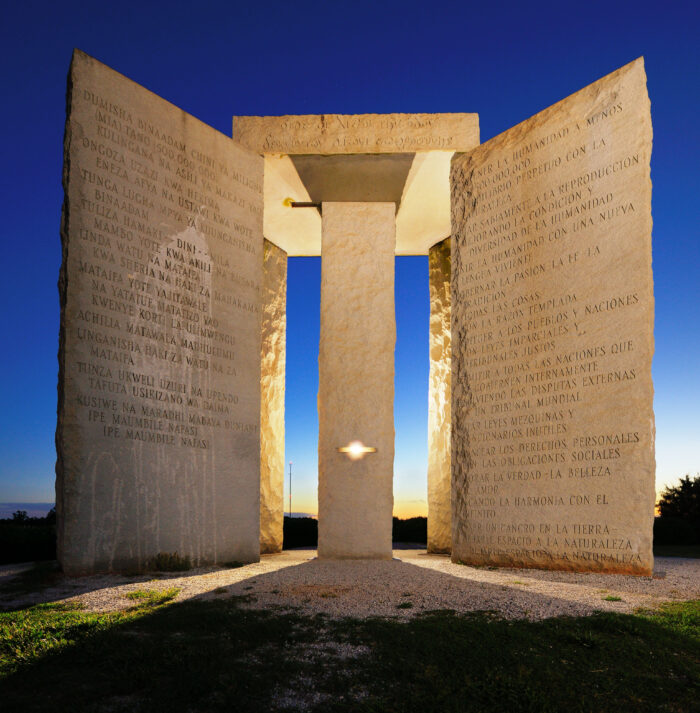
On a barren hill in northeastern Georgia, USA stands one of the world’s most bizarre and mysterious monuments. But it wasn’t created during ancient times.
Known as the ‘Georgia Guidestones’, this stone structure of five 16-feet-tall, 20-ton slabs of polished granite was erected in 1980. A message consisting of a set of ten guidelines or principles is engraved on these slabs in eight different languages. These languages are: English, Spanish, Swahili, Hindi, Hebrew, Arabic, Traditional Chinese, and Russian
It looks like these instructions are for dazed post-apocalyptic survivors attempting to rebuild civilization. The Georgia Guidestones were commissioned by an anonymous group, whose identity remains a mystery.
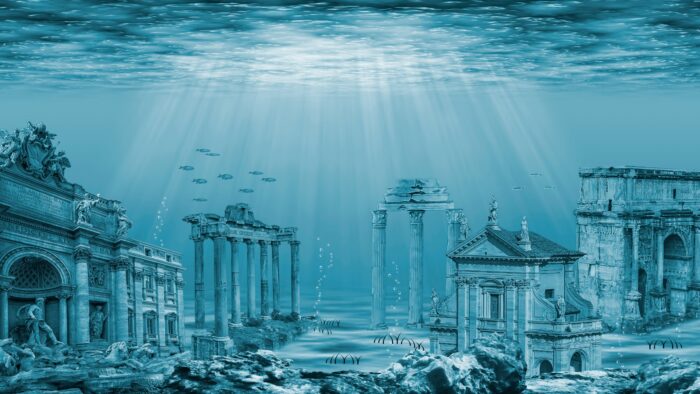
The lost city of Atlantis has been discovered in the Bahamas, the Greek Islands, Cuba, and even Japan if every claim was to be believed.
First described by the ancient Greek historian Plato in 360 B.C. The mythological island was supposedly a great naval power before sinking into the sea over 10,000 years ago in a catastrophic event.
Archaeologists debate the actual historical existence of the island as well as its most plausible location if it ever actually existed among the many sunken ruins discovered around the world.
But even without definitive proof, Atlantis continues to engage the popular imagination like few other archaeological mysteries out there.
Do you know of any mysterious sites and places that we have missed in this list? Tell us about them in the comment section below.
Enjoyed reading this? Check out more such articles on The Learning Tree blog.
Raza has been writing since 2008, be it fiction, poetry, or articles on science, politics, and history. He believes that words can change the world, and he uses them to inspire and empower people through his writing. When he is not working, he is watching nature documentaries or playing with his cats.